

The Ichneumonidae are a family within the order Hymenoptera and are commonly called ichneumon wasps. Ichneumon wasps are important parasitoids of Lepidoptera.
Female ichneumon wasps have an ovipositor (sometimes longer than their body). The ovipositor is an organ used for laying eggs. In almost all cases only one egg per host is laid, although in just a few groups small broods do occur (gregarioisness is much more often seen in the related family Braconidae, sometimes with large broods).
Most species of ichneumon wasps inject their eggs directly into a host's body, typically into a larva or pupa. The larva of the ichneumon wasp lives inside the body of the caterpillar (endoparasitoid) and at first feeds mostly on the host's heamolymph. The caterpillar can continue its development (koinobiont) until the ichneumon larva start to feed on its vital organs as it becomes fully grown and kills its host. It might then leave it to make a cocoon nearby, or pupate inside the dead mummified body of the host or its pupa.
Some ichneumon wasps probe or drill with their long ovipositors to attack concealed hosts (e.g. beetle larvae or pupae living in wood) in which case they udually sting the host to kill it or at least prevent it from developing further (idiobiont), and lay their egg or eggs on it (ectoparasitoid). this life style is hardly ever seen in parasitism of Lepidoptera caterpillars that live in the open, although concealed hosts (e.g. in leaf spinnings) are usually prone to it.
A few others ichneumon wasps lay their eggs on exposed and still-active caterpillars (koinobiont ectoparasitoids), and usually delay their development until the host makes its pupation chamber.
Three examples how the larva of an endoparasitic koinobiont ichneumon wasp can make its pupa:
- The fully grown larva of Hyposoter didymator leaves the dead caterpillar and spins a cocoon, wherein it becomes a pupa.
- The fully grown larva of Hyposoter ebenius mummifies the dead body of the caterpillar and makes its cocoon inside the host's skin.
- The fully grown larva of Trogus lapidator becomes a pupa when the caterpillar has become a chrysalis.
Some ichneumon wasps inject a virus (carried as part of the wasp's genome) in order to help their larvae develop. This virus will change the physiology of the caterpillar by suppressing the caterpillar's defensive immune response.
Identified by Dr. Mark R. Shaw
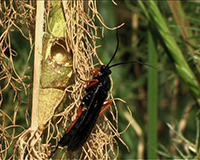
Identified by Dr. Mark R. Shaw
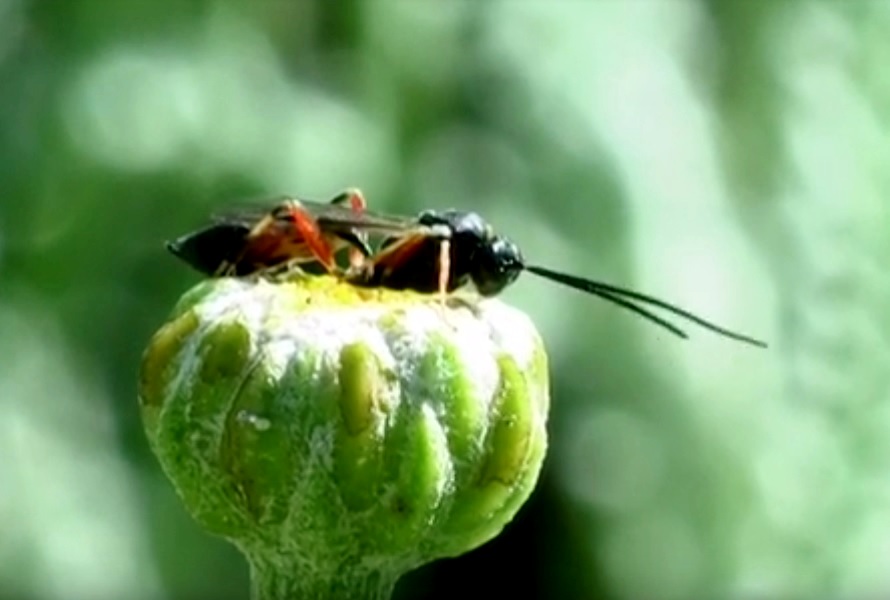
Identified by Dr. Mark R. Shaw
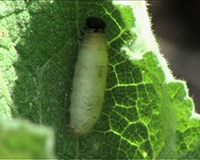
Identified by Dr. Mark R. Shaw

Identified by Dr. Mark R. Shaw
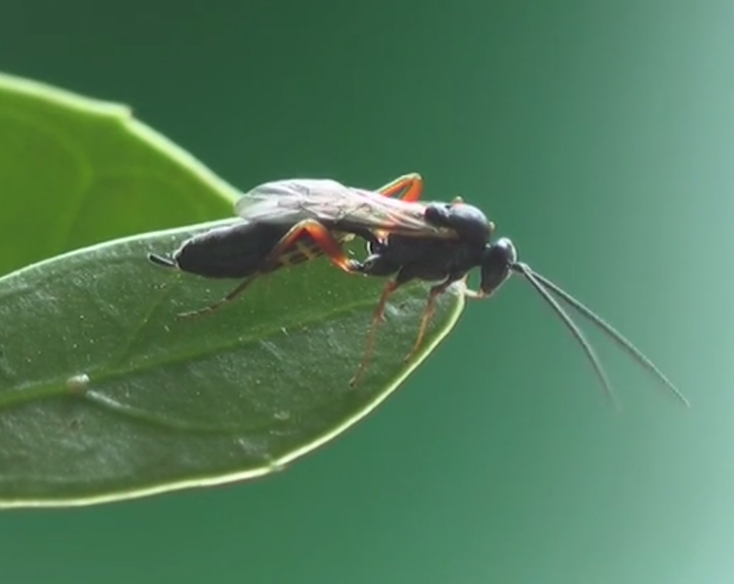
Identified by Dr. Mark R. Shaw
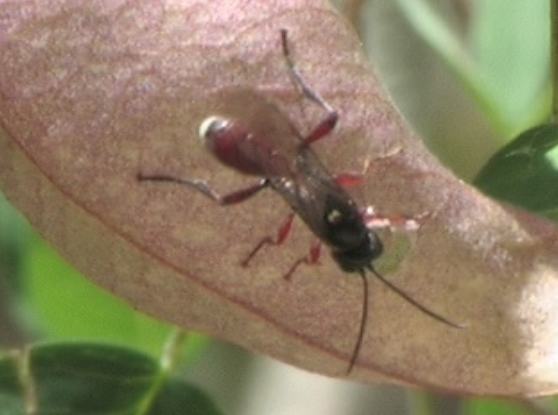
Identified by Dr. Mark R. Shaw
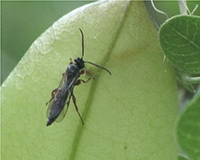
NEW SPECIES: Described by Dr. Mark R. Shaw

Identification Dr. Matthias Riedel
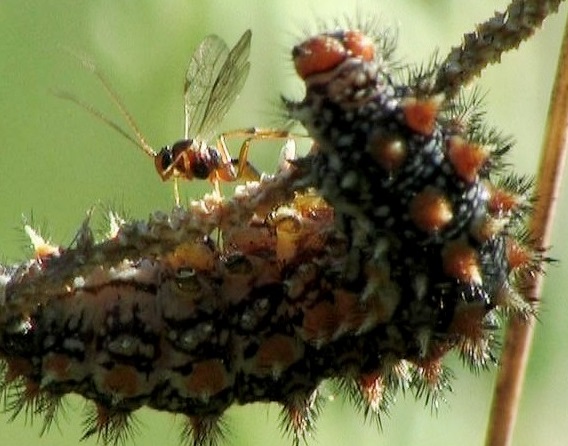
IdentificartionDr. Mark R. Shaw